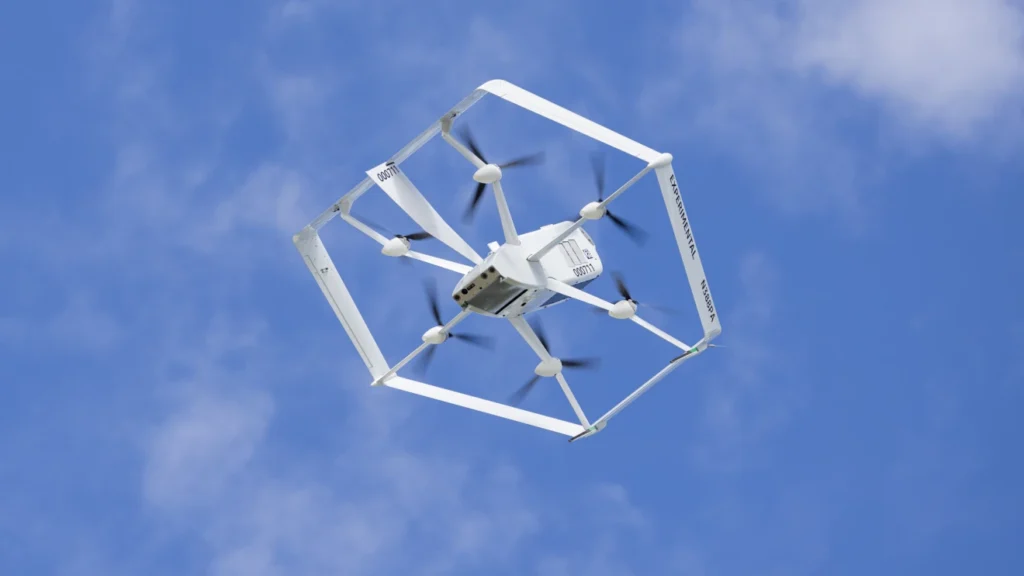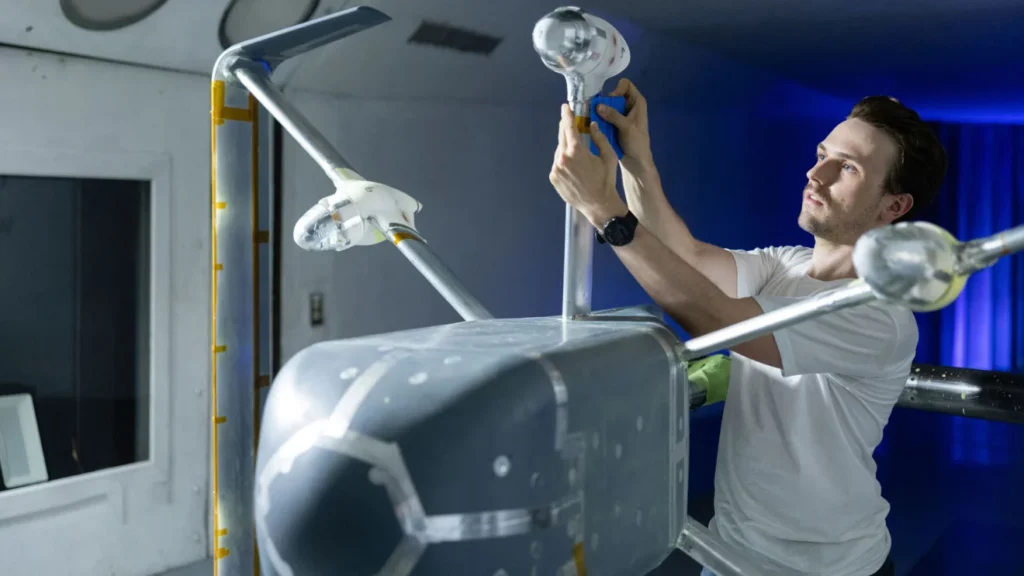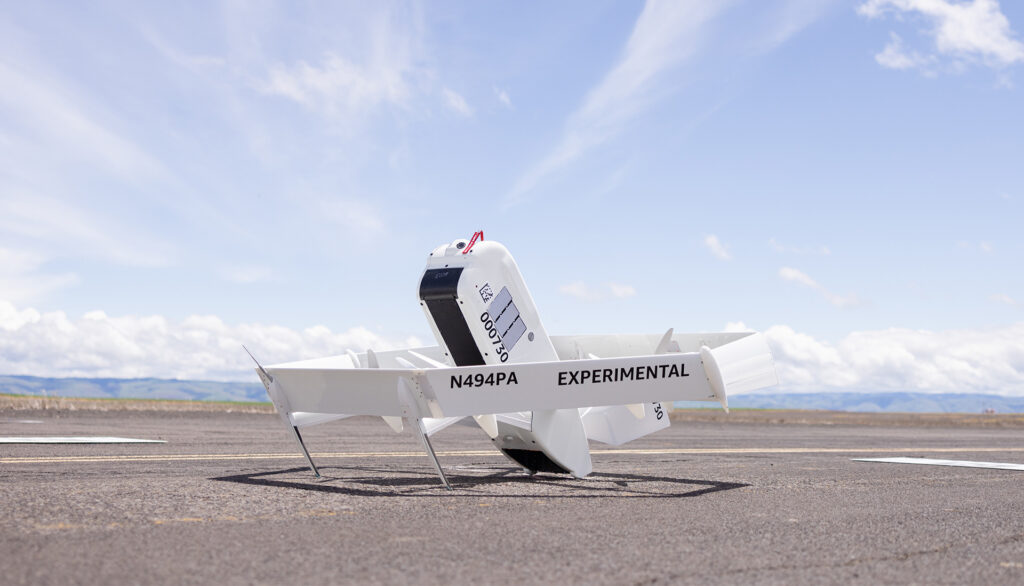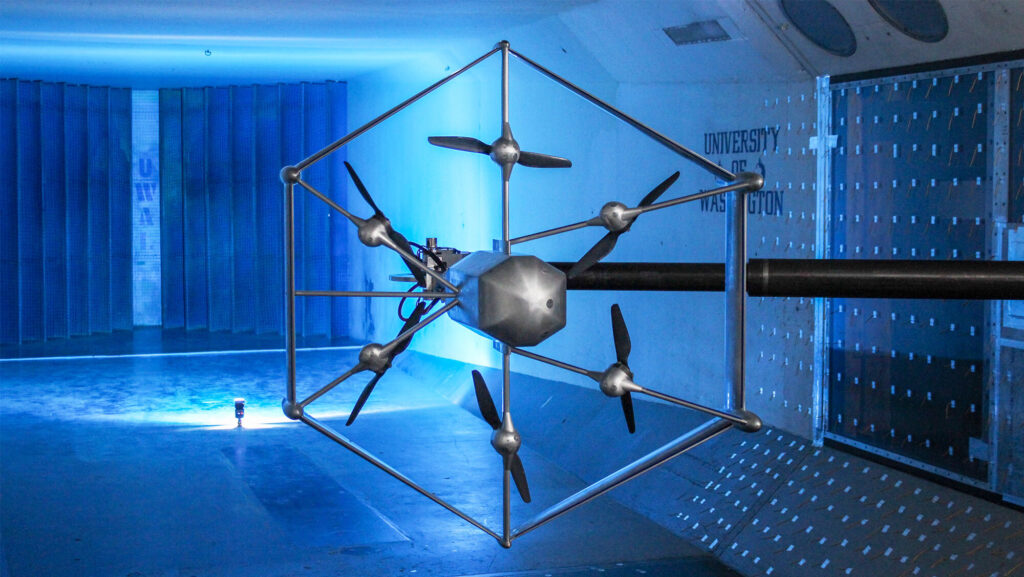The crisis forces many employees to be laid off, on the one hand, and the need to invest in the search for innovative solutions with an eye on sustainability on the other. Amazon, the first company to lose more than a thousand billion in market value in little more than a year, is moving between these two directions. The thunderous drop results from economic uncertainty, inflation, and the large-scale consequences of geopolitical developments generated by the Russian invasion of Ukraine. Above all, the downturn in e-commerce once the pandemic scares faded. A global trend that has affected the entire tech sector, so much so that from July 2021 to the current November, Amazon’s valuation fell from $1.88 trillion to $879 billion, while Microsoft’s dropped from $2.5 trillion to $1.78 trillion, with Meta doing proportionally worse, dropping from $1 billion to $285 million.
Layoffs
Hence the need to revise plans, curb new hires and approach investments with caution. A recipe that, as a first act, involves thinning out the workforce, which had grown out of all proportion during the Covid-19 pandemic, when the company doubled its workforce from 798,000 to 1.6 million. It must be said that this number includes warehouse workers and hundreds of thousands of hourly workers, who are crucial for Amazon’s shipments.
Overall, the 10,000 redundancies (confirmed by the company but not yet in number) would represent a 3% cut in employees or just under 1% of the global workforce. The engineers in the Devices & Services division are the first to leave the company, starting with the teams responsible for the development of the Echo, Fire TV, Kindle and Fire tablets. Also saying goodbye will be employees related to the Luna cloud gaming service and Alexa, with more than 90 per cent of the cuts affecting US offices.



Electric van fleet
Despite the latest disappointing quarterly report, a multinational company active in many market segments and many countries like Amazon needs to pay more attention to research and development investment to develop new solutions and services. This includes the investment in Rivian electric vans, a Californian company specialising in electric vehicles, with which the Seattle-based company wants to renew its delivery fleet. From the current one thousand vehicles distributed in one hundred American cities, the goal is to purchase and put 100,000 vans on the road by 2030, starting in the United States but arriving almost simultaneously in Europe (albeit with a limited number of vans).
Less emissions and more safety
Relying on state-of-the-art electric vehicles means helping to reduce consumption and emissions, easing the task of drivers, both in terms of the timing of deliveries and in terms of safety to avoid the risk of accidents. For the latter purpose, Amazon uses a series of algorithms that mix the many variables to be considered when travelling by road to provide the best routes precisely in terms of time and potential risks. A goal to which the Rivian itself contributes, designed with drivers’ suggestions and requests in mind: from automatic emergency braking to assisted driving to crash sensors, the van is packed with useful technology for safer driving.




Drone deliveries, there is always a plan
Amazon’s most futuristic innovation remains related to drones, a tool always at the centre of the company’s plans, with one eye on the present and one on the future. If by the end of 2022, experimental flights will start in some areas of California and Texas to test the MK27-2 electric drone, on the launch pad is its heir, the MK30, capable of flying vertically for hundreds of metres, transporting packages of up to 2.5 kg and then unhooking it from three metres in the air once it reaches its destination. The idea is to avoid interaction between aircraft and man, but to achieve this; it is necessary to figure out what kind of packages to use to resist falling from above.
Decisive nodes on which Amazon has been working with various partners for years, with the ambition of being able to deliver 500 million packages by 2030. Smaller, lighter and quieter than its predecessor, the MK30 will be able to fly even in moderate rain, using a detection system developed by Amazon Prime Air to prevent drones from causing problems for planes, helicopters, people and animals. Beyond the aircraft, however, as always in these cases, the most complex work concerns the regulatory aspect to understand how to delimit the flight perimeter and the rules to carry it out.



